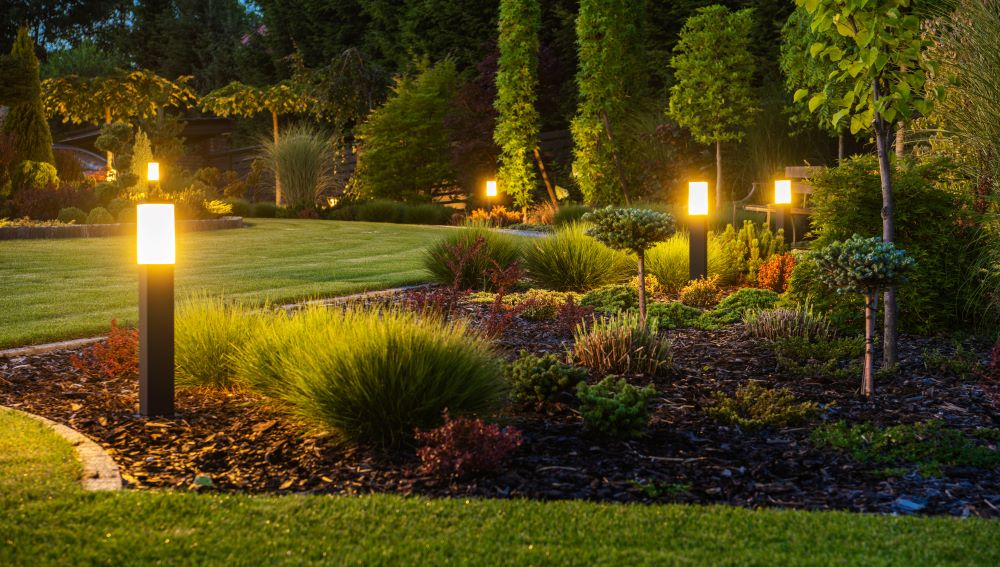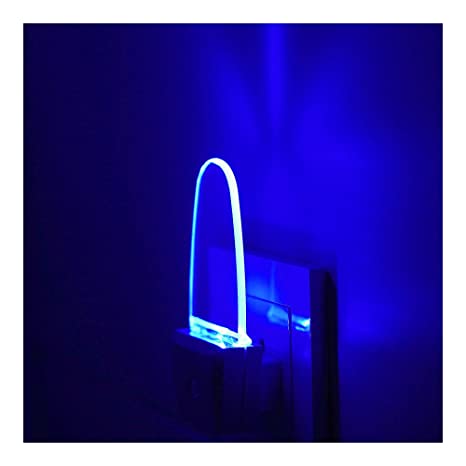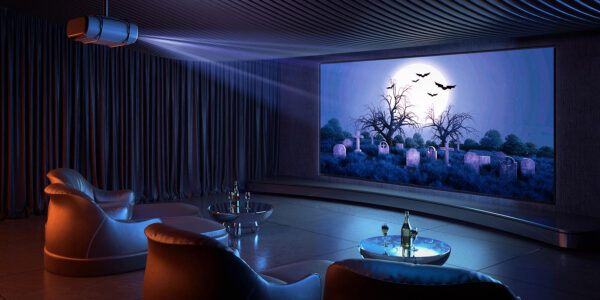LED Lighting has become a staple of sustainable and cost-effective lighting sources due to their long life, but what affects the lifespan of LED lights? Rather than generating light by passing electrical current through a metal filament or a gaseous substance, LED light comes from interactions at a molecular level among solid state elemental materials. Those materials generally have better integrity than metal filaments or gasses and, accordingly, LEDs are advertised as providing many more hours of continuous operations at a lower failure rate than traditional lighting technologies. Still, LED lights do have finite lifespans, and although they are not as prone to sudden or catastrophic failure as incandescent bulbs, the quality of the light that they generate will degrade over time as a function of operating conditions and environments.
What Affects the Lifespan of LED Lights
LED (Light Emitting Diode) lights are renowned for their exceptional longevity, outperforming traditional lighting technologies. However, the lifespan of LED lights can vary based on several factors. Understanding these factors and taking appropriate measures can help maximize the lifespan of LED lights and ensure long-lasting illumination. Let’s explore the key elements that influence the lifespan of LED lights.
- Quality of LED Components
The quality of LED components significantly impacts the lifespan of LED lights. LEDs from reputable manufacturers tend to have better build quality, ensuring reliable and durable performance over time. High-quality LEDs are engineered to withstand temperature variations, moisture, and environmental factors, ensuring optimal performance and longevity.
- Heat Dissipation
Heat is a major factor that affects LED lifespan. Proper heat management is essential to prevent excessive heat buildup, which can degrade LED performance and shorten its lifespan. LED lights with effective heat dissipation mechanisms, such as heat sinks or thermal management systems, help dissipate heat efficiently, ensuring the LEDs operate within their recommended temperature range.
- Operating Conditions
The operating conditions in which LED lights are installed play a significant role in their lifespan. Extreme temperatures, humidity, and exposure to harsh environmental elements can impact LED performance and longevity. LED lights designed for specific applications, such as outdoor or industrial settings, are built to withstand these conditions. It is important to select LED lights that are suitable for the intended environment to ensure optimal performance and longevity.
- Current and Voltage Regulation
Proper current and voltage regulation are critical for the optimal functioning and longevity of LED lights. Overdriving LEDs with excessive current or voltage can cause premature degradation and reduce their lifespan. Conversely, operating LEDs below their recommended current levels may result in reduced light output. Ensuring that LED lights are operated within their specified voltage and current limits is essential for maximizing their lifespan.
- Operating Hours
The total operating hours of LED lights directly impact their lifespan. LED manufacturers provide an estimated lifespan in hours, often referred to as the L70 rating. This indicates the number of hours until the LED light output depreciates to 70% of its initial level. Longer operating hours will naturally lead to a shorter lifespan. It is important to consider the estimated lifespan and expected usage patterns when selecting LED lights for specific applications.
- Maintenance and Cleaning
Regular maintenance and cleaning can contribute to prolonging the lifespan of LED lights. Dust, dirt, and debris can accumulate on the surface of LED fixtures and affect their heat dissipation capabilities. Cleaning the fixtures periodically using recommended methods, such as gently wiping the surface with a soft cloth, can help maintain optimal performance and prevent unnecessary strain on the LEDs.
- Voltage Surges and Electrical Instability
Voltage surges and electrical instability can pose a risk to LED lights and affect their lifespan. Electrical disturbances, such as power surges or fluctuations, can cause damage to LED components and lead to premature failure. The use of surge protectors or voltage stabilizers can help safeguard LED lights from electrical irregularities and ensure stable power supply, thus prolonging their lifespan.
Several factors influence the lifespan of LED lights, including the quality of LED components, heat dissipation, operating conditions, current and voltage regulation, operating hours, maintenance practices, and protection against electrical instability. By selecting high-quality LED lights, providing proper heat management, maintaining optimal operating conditions, following recommended current and voltage guidelines, considering expected usage patterns, performing regular maintenance, and protecting against electrical irregularities, one can maximize the lifespan of LED lights and enjoy long-lasting, energy-efficient illumination. Investing in high-quality LED lights and adopting appropriate maintenance practices will not only extend the lifespan of LEDs but also ensure reliable and sustainable lighting solutions for years to come.
How Heat Affects the Lifespan of LED Lights
Unlike incandescent bulbs, LED bulbs are cool to the touch. Much of the heat that is generated in an LED bulb is contained in the solid state circuitry in the base of the bulb that creates that light. Over time, that heat will adversely affect the LED bulb’s function. Manufacturers have addressed this issue with both active and passive heat sink technology.
An active heat sink, for example, might reduce the energy input to an LED bulb when it detects a higher-than-recommended physical operating temperature of the bulb’s circuitry. Other active heat sinks include small fans and other mechanical devices that cool LED circuitry. Passive heat sinks typically come in the form of a set of fins or other extensions that increase the surface area of the circuitry for better removal of built-up heat. With more advanced LED technology, those fins will be attached to the circuitry with thermo-adhesive bonding materials that facilitate improved heat transfer.
LEDs have solid state components that are not as fragile as the metal filaments in incandescent bulbs. This does not mean, however, that they are fully resistant to physical shocks and other mechanical disruptions. Mechanical stresses, particularly stresses that create electrostatic discharges, can affect LED circuitry and reduce an LED bulb’s lifespan.
Other Factors that Affect the Lifespan of LED Lights
Extreme environmental conditions will affect the performance and lifespan of almost every electronic device, and LED bulbs are no exception. Although LEDs will perform will little or no degradation at temperatures as low as -40oC, hotter temperatures will cause some degradation in LED circuitry. LED’s that are installed in very warm environments might require extra heat removal technology for longer-lasting performance. Moisture extremes from excessive precipitation can also harm LED lifespans by affecting control circuitry and other switches and components, as can caustic chemicals such as airborne chlorine around swimming pools and acids in industrial environments.
Many LED bulbs will work in fixtures and switches that were originally designed for incandescent bulbs, but some of those components remain incompatible with LED technology. All existing components should be checked to assure compatibility and functionality with LEDs before completing a retrograde to LED lighting. Using LED bulbs with incompatible fixtures can reduce the lifespan of the bulbs by placing improper electrical loads on them.
Much of the confusion surrounding the lifespan of LEDs originates in how the technology is rated. Unlike traditional bulbs, LEDs will not fail suddenly, but the quality of light that they generate will degrade over time, particularly if the bulbs are exposed to the thermal, mechanical, or other stresses described here. LED bulbs generally have “LM” ratings that describe the expected amount of light that the bulb will generate after a specific number of hours of operation. For example, an LED bulb rated at “LM70; 50000 hours” will generate at least 70% of its original light after 50,000 hours of usage. LEDs designed to have longer lifespans will have higher relative LM ratings.







